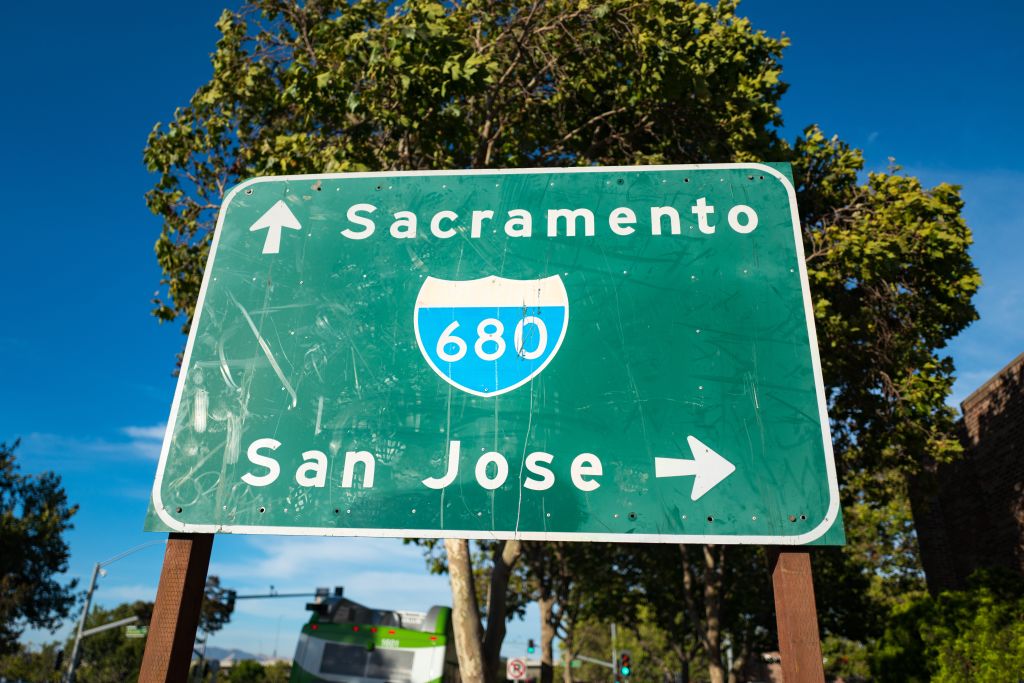Low clouds may prevent one of astronomy's best high altitude shows of the year.
The Perseid Meteor shower comes to life over the next few nights, peaking on Thursday with the best viewing for areas away from city light pollution and well away from our nearly non-stop blanket of low clouds that have been filling our nights.
So where's the best place to catch a glimpse of the meteors? Try staying ahead and above the marine layer. If the low clouds continue to sit near 2,000 feet and lower, unfortunately this will mean areas in the higher hills will have the best viewing opportunities especially further inland. So my top picks for viewing include: Livermore & the Tri-Valley area. As usual, Mt. Diablo and the Bay Area's higher peaks above the marine layer will provide the benefit of reduced light pollution and cloud-free viewing.
If not for the low clouds, this year should be excellent viewing since the moon sets in the evening, removing one major light polluter from the skies.
The flashes of light we see as meteors are actually small sand grain to pebble-sized objects that are left behind from Comet Swift-Tuttle. As the Earth sweeps around the solar system like a spaceship traveling around the sun, once a year the planet moves through the dusty debris of the comet's path.
These objects may be tiny but hit Earth's upper atmosphere on average according to NASA at nearly 130,000 mph! That astounding speed reminds us of the F=M x A equation. Small mass but pretty massive acceleration equals a pretty good energy display (or force). As these particles enter Earth's atmosphere and begin interacting with air molecules, their composition shows up in colors. Here's a guide that shows what the colors represent:

Iron showing up in blue tones, magnesium in green and sodium (like sodium street lamps) seen in yellowish orange.
Local
They're called meteors as long as the debris burns up in the upper atmosphere. They take on the name meteorite if they actually physically reach the ground.
Did you know that nearly 1,000 tons of space dust falls to Earth every year? Plenty of it will be streaming over the planet in the coming days.
Rob Mayeda channels his inner Science Officer Spock whenever a meteor shower arrives.



